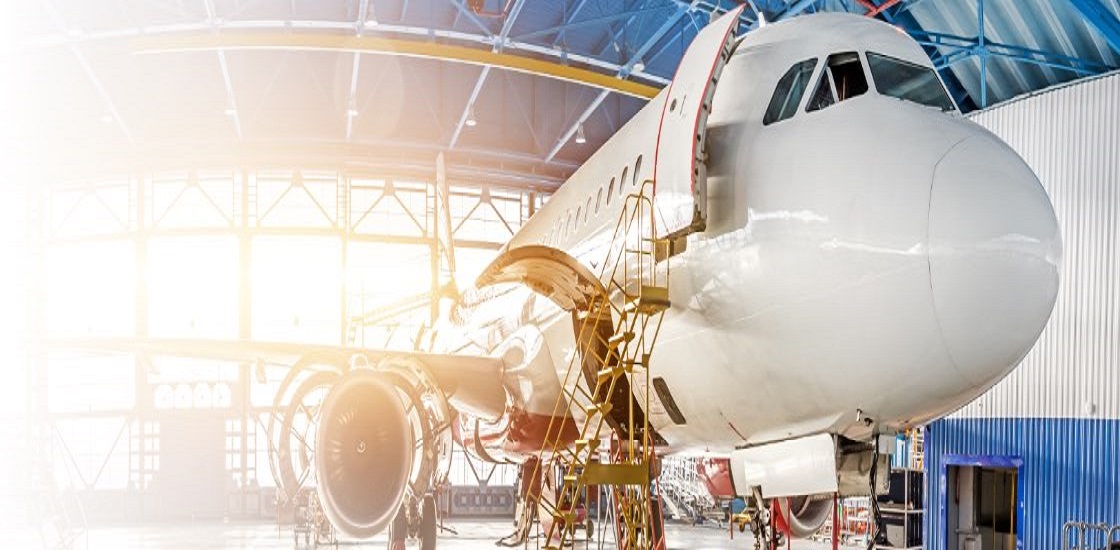Introduction
The aviation industry stands at the forefront of technological advancements, and one such revolutionary tool shaping its landscape is Enterprise Resource Planning (ERP). Let’s delve into the significance of ERP solutions and the evolving trends within the aviation sector.
Table of Contents
Enhancing Operational Efficiency
ERP systems play a pivotal role in streamlining operational functions within aviation companies. These comprehensive software platforms integrate various processes, including supply chain management, inventory control, and maintenance operations, leading to improved efficiency and reduced operational costs.
Improving Maintenance and Safety Standards
ERP software for aviation industry demands stringent safety and maintenance protocols. ERP systems provide real-time data on aircraft maintenance schedules, spare parts inventory, and service records. This ensures compliance with safety regulations, enhances aircraft reliability, and minimizes downtime, thereby ensuring smoother operations.
Optimizing Supply Chain Management
Efficient supply chain management is imperative in the aviation industry. ERP software facilitates better inventory management, procurement processes, and supplier relationships. By providing real-time visibility into the supply chain, it reduces delays and ensures a seamless flow of critical components.
Data-Driven Decision Making

The aviation sector thrives on precision and accuracy. ERP systems offer data-driven insights that aid in strategic decision-making. By analyzing vast amounts of data, these systems enable companies to forecast demand, optimize routes, and allocate resources effectively.
Features Of The ERP System For The Aviation Industry
ERP (Enterprise Resource Planning) systems for the aviation industry are tailored to address the complexities and specific needs of this sector. Here are the key features typically found in ERP systems designed for the aviation industry:
- Maintenance, Repair, and Overhaul (MRO) Management: Specific modules to manage maintenance schedules, track repairs, and handle overhaul processes for aircraft, engines, and components. It includes managing work orders, parts inventory, and scheduling maintenance tasks.
- Supply Chain Management: Integration with suppliers for efficient procurement, inventory management, and tracking of parts and materials required for aircraft maintenance and operations. This includes demand forecasting, supplier collaboration, and logistics management.
- Compliance and Regulatory Adherence: Functionality to ensure adherence to stringent aviation regulations and compliance requirements, such as FAA (Federal Aviation Administration) and EASA (European Union Aviation Safety Agency) standards. This involves managing documentation, certifications, and safety protocols.
- Fleet Management: Tools to manage an airline’s fleet efficiently, tracking aircraft usage, scheduling, and optimizing resources. This includes monitoring flight hours, fuel consumption, and overall performance to maximize operational efficiency.
- Financial Management: Accounting modules tailored to the aviation industry, handling cost allocation, revenue management, and budgeting specific to the airline’s operations. It includes managing invoices, payments, and financial reporting.
- Crew and Resource Planning: Features to manage crew schedules, qualifications, and training. It also includes resource allocation for flights, ensuring that the right staff and resources are available for each flight.
- Customer Relationship Management (CRM): CRM functionalities to manage passenger data, loyalty programs, and customer interactions. This helps in understanding passenger preferences and managing services to enhance customer satisfaction.
- Analytics and Reporting: Robust reporting and analytics tools to provide insights into various aspects of operations, maintenance, finance, and other critical areas. This enables data-driven decision-making and performance evaluation.
- Risk Management: Tools to identify and mitigate risks associated with safety, operations, compliance, and security in the aviation industry.
- Integration and Scalability: ERP systems in aviation often need to integrate with various existing systems, such as flight operation systems, airport systems, or human resources platforms. Scalability is also vital to accommodate the growth and changing needs of the airline.
- Mobile Accessibility: With the need for real-time information and on-the-go decision-making, mobile access is becoming increasingly crucial in ERP systems for the aviation industry.
The Road Ahead
In the constantly evolving aviation industry, the adoption of ERP systems is not just a trend but a necessity. It’s crucial for companies to embrace these solutions to stay competitive, enhance operational efficiency, and meet the evolving demands of the industry.
Conclusion
In conclusion, ERP systems are reshaping the aviation landscape, fostering efficiency, safety, and strategic decision-making. With the integration of emerging technologies and a proactive approach to adapt to market changes, the aviation industry is on a trajectory of continuous improvement and innovation.
FAQ
Q1: Why is ERP important for the aviation industry?
A: ERP systems in the aviation industry play a critical role in streamlining operations, ensuring compliance with stringent regulations, optimizing maintenance schedules, managing complex supply chains, and enhancing overall efficiency. They help airlines and related businesses manage resources, track inventory, and improve decision-making.
Q2: How does ERP benefit aviation companies?
A: ERP systems bring several benefits to aviation companies, including improved cost control, better resource allocation, streamlined processes, enhanced data visibility, increased operational efficiency, and the ability to adapt to changing industry demands.
Q3: What are the trends in ERP for the aviation industry?
A: Current trends in ERP for aviation involve the integration of advanced technologies such as AI (Artificial Intelligence) and machine learning for predictive maintenance, IoT (Internet of Things) for real-time monitoring of aircraft components, cloud-based solutions for scalability and flexibility, and a growing emphasis on cybersecurity to protect sensitive aviation data.
Q4: How does ERP help with regulatory compliance in aviation?
A: ERP systems help ensure compliance by incorporating features that manage documentation, maintain records, and enforce processes that adhere to aviation regulations. This includes specific functionalities for tracking certifications, safety protocols, and maintenance procedures as mandated by authorities like the FAA and EASA.




